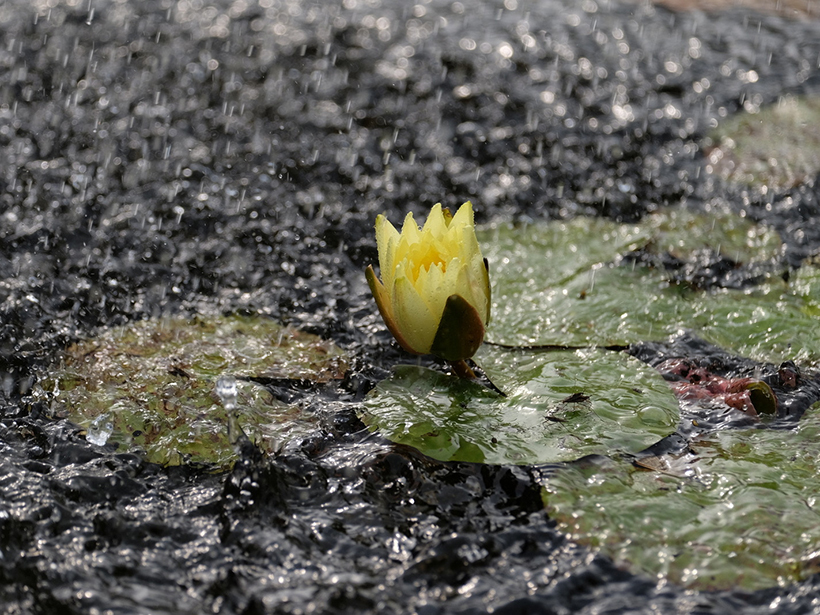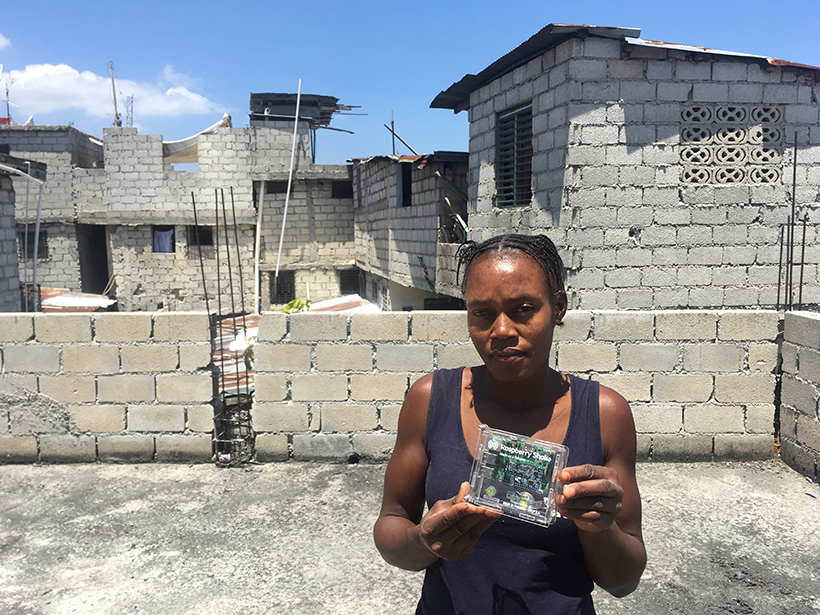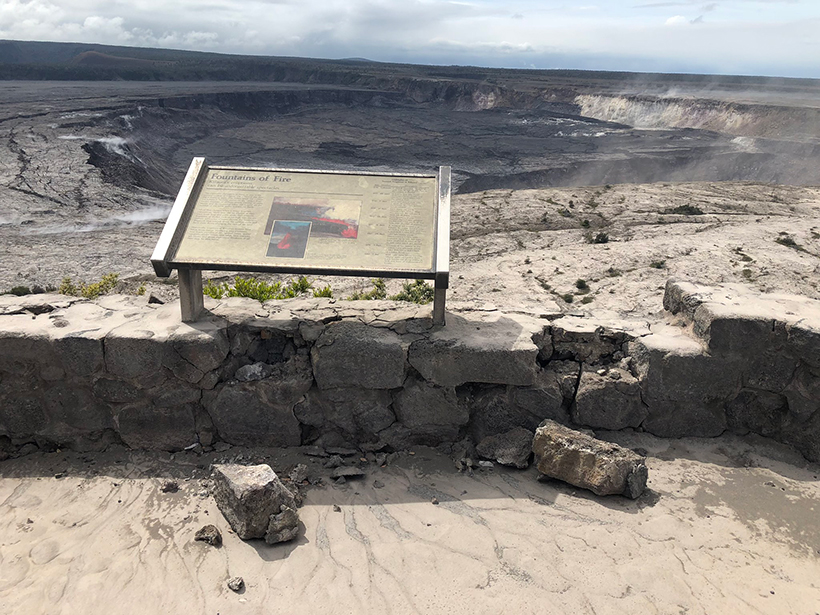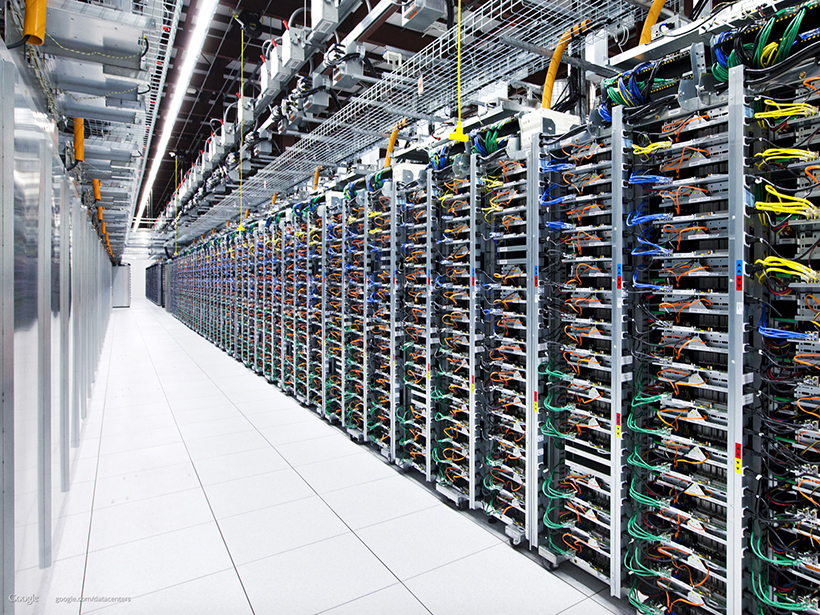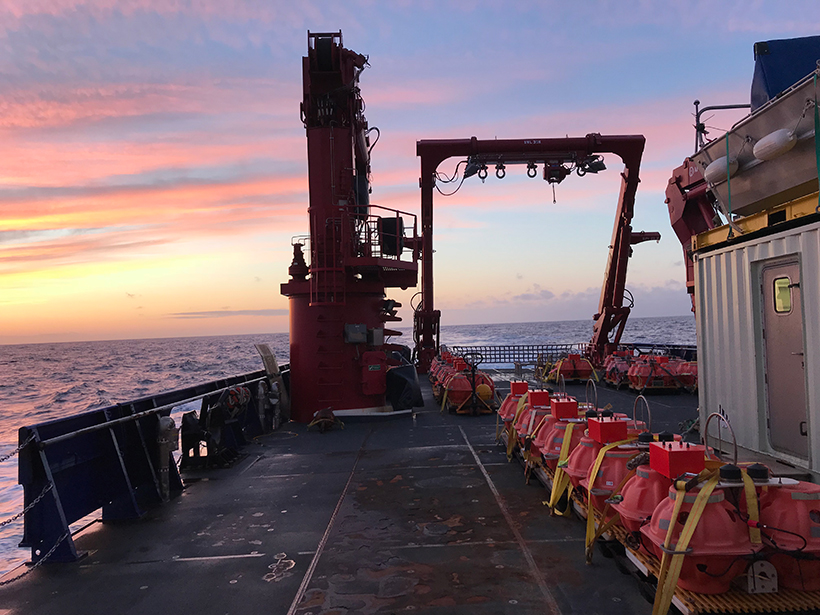Scientists continue to use Apollo’s last experiment to probe everything from the interior of the Moon to theories of gravity.
hardware & infrastructure
Gauging in the Rain
Measuring how much water falls from the sky is more complicated than it seems. To improve measurements, researchers are looking at umbrellas, hydrophones, and gamma ray detectors.
Monitoring Haiti’s Quakes with Raspberry Shake
A network of “personal seismometers” is intended to complement Haiti’s national seismic network to engage and inform residents about earthquake hazards and preparation.
Hawaiian Volcano Observatory Searches for a New Home
Seismic activity during the eruption of Kīlauea damaged the Hawaiian Volcano Observatory beyond repair. Now officials are looking for a new site.
NOAA Monitoring Stations Are Off-Line from a GPS Y2K Moment
The outage could last until November for some stations.
Putting the Cloud to Work for Seismology
The cloud infrastructure developed in the business community has made access to cluster computing possible for even the smallest research groups, enabling new kinds of research workflows in geophysics.
Looking at “Night-Shining” Clouds from the Stratosphere
One research group studied noctilucent clouds at large distances from a different point of view, using cameras aboard a meteorological balloon that sailed into the stratosphere.
Examining Alaska’s Earthquakes on Land and Sea
The Alaska Amphibious Community Seismic Experiment is taking a close look at seismic activity along the Alaska Peninsula to understand earthquakes in this little-studied region.
Unused Fiber-Optic Cables Repurposed as Seismic Sensors
So-called dark fiber can serve as regional seismic activity monitors and also detect earthquakes thousands of kilometers away, according to new research.
Oceanic “Pump” Sends Small Carbon Particles to Twilight Zone
Underwater gliders provide unprecedented, daily data that reveal new insights into how carbon gets from the atmosphere to the deep ocean.


